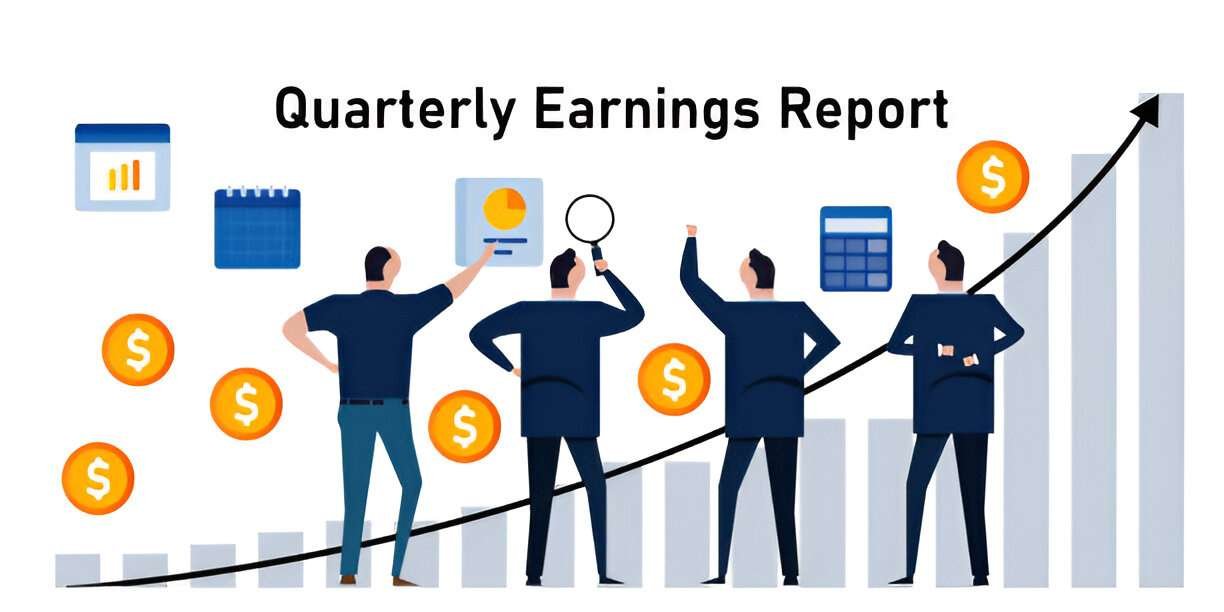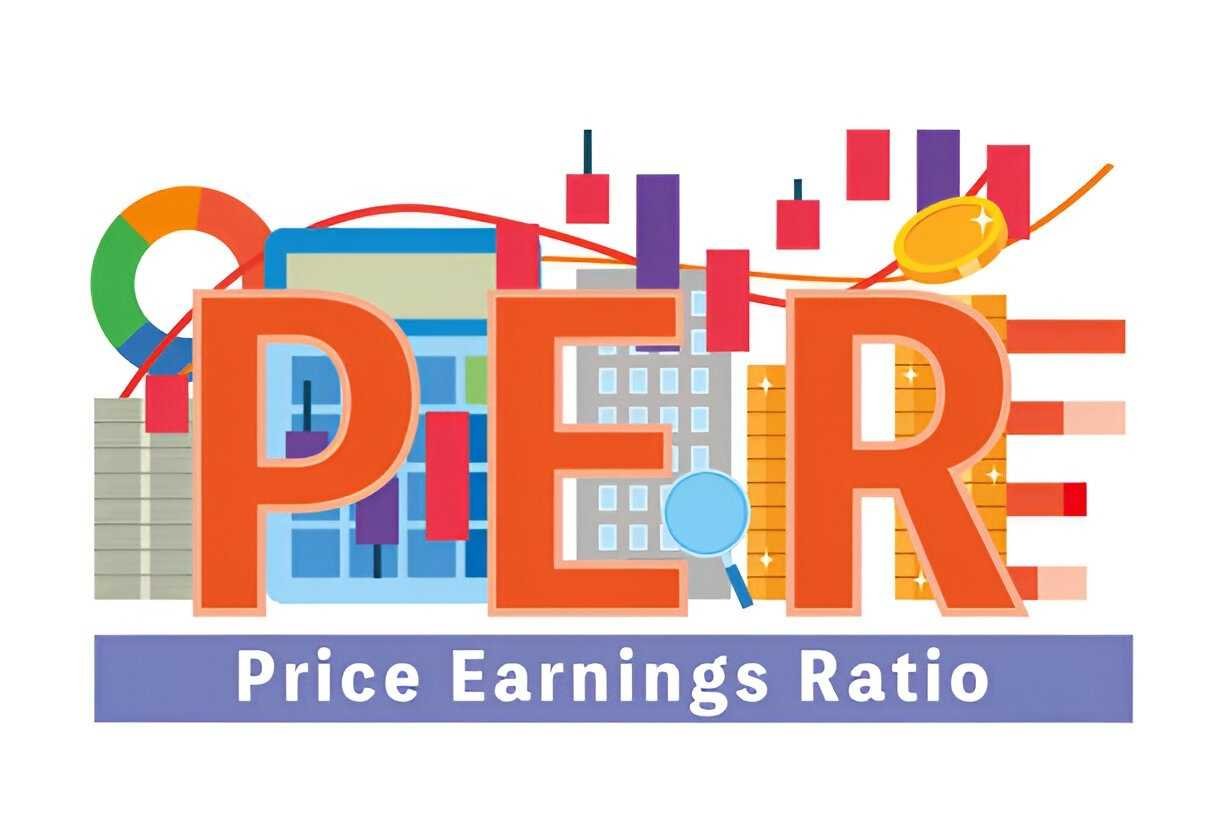Introduction
Investors often face a crucial decision: Should they take a long-term approach and hold onto their investments for years, or should they actively trade to maximize returns? The debate between buy and hold investing and active trading has existed for decades, with strong arguments on both sides. As an investor, I have analyzed both strategies in detail and will break them down to help you determine which one aligns with your financial goals.
Understanding Buy and Hold Investing
What is Buy and Hold?
Buy and hold investing is a long-term investment strategy where an investor purchases assets and holds onto them regardless of market fluctuations. The goal is to capitalize on long-term growth, riding out short-term volatility.
Advantages of Buy and Hold
- Compounding Returns: Over time, reinvested dividends and capital gains can grow significantly.
- Lower Transaction Costs: Fewer trades mean lower commissions and fees.
- Tax Efficiency: Long-term capital gains taxes are lower than short-term capital gains taxes.
- Less Stress and Time Commitment: There’s no need to monitor the market daily.
- Proven Historical Performance: Historically, the S&P 500 has generated an average annual return of around 10%.
Example of Buy and Hold Strategy
Let’s say I invested $10,000 in the S&P 500 in 2000. Assuming an average annual return of 10%, my investment would grow as follows:
A = P (1 + r)^twhere:
- A = future value of investment
- P = initial investment ($10,000)
- r = annual return (10% or 0.10)
- t = number of years (24 years in 2024)
By 2024, my $10,000 investment would have grown to approximately $98,497 without any active management.
Understanding Active Trading
What is Active Trading?
Active trading involves frequent buying and selling of stocks, ETFs, or other assets to capitalize on short-term price movements. Traders use technical analysis, market trends, and economic indicators to time their trades.
Types of Active Trading
- Day Trading: Buying and selling within the same day.
- Swing Trading: Holding assets for a few days or weeks.
- Scalping: Making multiple small profits throughout the day.
- Position Trading: Holding trades for weeks or months based on technical signals.
Advantages of Active Trading
- Potential for High Returns: Skilled traders can outperform the market.
- Flexibility in Market Conditions: Traders can profit in both bull and bear markets.
- More Control Over Portfolio: Traders can react to market trends immediately.
- Leverage Opportunities: Margin trading allows for higher capital efficiency.
Example of an Active Trading Strategy
Suppose I buy 100 shares of Tesla (TSLA) at $200 per share and sell them after a 5% increase:
- Buy Price = 100 * $200 = $20,000
- Sell Price = 100 * ($200 * 1.05) = $21,000
- Profit = $21,000 – $20,000 = $1,000 (excluding fees and taxes)
If I repeat this strategy 10 times in a year, I could potentially earn $10,000 in trading profits.
Comparing Buy and Hold vs. Active Trading
Performance Comparison
| Factor | Buy and Hold | Active Trading |
|---|---|---|
| Time Commitment | Low | High |
| Transaction Costs | Low | High |
| Tax Efficiency | High (Long-term gains) | Low (Short-term gains) |
| Potential Returns | Historically 8-10% annually | Can be higher or lower |
| Risk Level | Moderate to Low | High |
| Emotional Discipline Needed | Low | Very High |
Statistical Analysis
According to Dalbar’s Quantitative Analysis of Investor Behavior, the average active investor underperforms the S&P 500. From 1992 to 2022:
- The S&P 500 returned ~9.65% annually.
- The average active investor earned ~5% annually.
- The underperformance is primarily due to market timing errors and emotional trading.
Which Strategy is Better for US Investors?
The choice depends on individual goals, risk tolerance, and experience.
- Buy and Hold is better if:
- You prefer a passive approach.
- You want long-term wealth accumulation.
- You have limited time for market analysis.
- You want lower taxes and fewer fees.
- Active Trading is better if:
- You have experience with market timing and analysis.
- You can dedicate significant time to trading.
- You can handle emotional swings and volatility.
- You aim for higher short-term gains.
Conclusion
After years of analyzing both strategies, I’ve found that buy and hold investing is the superior choice for most investors due to its historical performance, lower costs, and ease of management. However, active trading can be profitable for those with the right skills and discipline. If you’re considering trading, start small and track your results.



